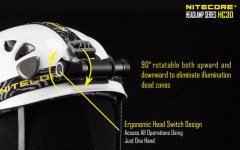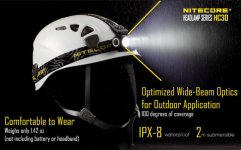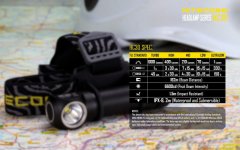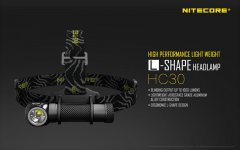NitecoreStore
Enlightened
NITECORE HC30 1000 Lumens LED Headlamp
1000 lumens with 5 brightness levels
100 degree beam for wide coverage
Lightweight and compact
Detachable light for pocket carry
Uses 1 x 18650 or 2 x CR123A
Purchase at NITECORESTORE.COM
15% OFF with Coupon Code for Candlepower Members





Purchase at NITECORESTORE.COM
15% OFF with Coupon Code for Candlepower Members
Attachments
Last edited:






